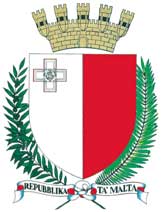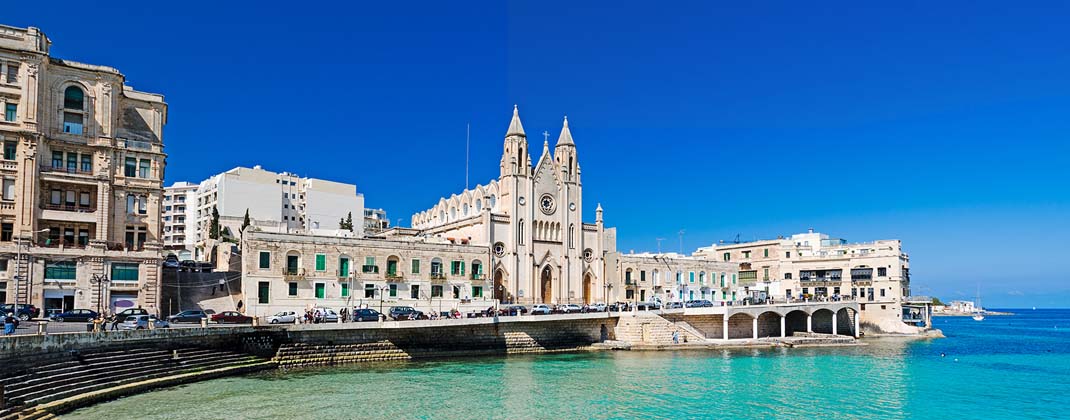
Full name: Republic of Malta
Size: 316 km²
Population: 516,000 (2022)
Capital: Valletta (6,345 inhabitants)
Inhabitants: Maltese
Languages: Maltese and English (official languages)
Religion: Roman-Catholic (83%)
Government: Parliamentary Democracy
President: Myriam Spiteri Debono
Prime minister: Robert Abela
GDP: 14.50 billion USD (2021)
GDP per capita: 28,500 USD (2021)
Growth: 5.7%
Inflation: 2.6 %
Health risks: none
Time zone: GMT/UTC plus 1 hour
Electricity: 240V, 50 Hz. Adapters are available in Malta. Sockets have three rectangular plug connections (Anglo-Saxon system).
Weights and measurements: Metric
Currency: Euro since January 1st, 2008
Main industries: Tourism, electronics, shipbuilding and repair, construction, food and beverages, pharmaceuticals, aviation services, financial services, information technology services.
Main trading partners: Germany, Italy, France, United Kingdom, Libya and Japan
EU member since: 2004
Waiters and cab drivers expect a tip of about 10%. All major credit cards are being accepted almost everywhere in Malta. Haggling is a necessity on Maltese markets while shops usually have fixed prices for their goods. A VAT of 18% is levied on all goods, 7% on accommodation. Education is exempt from VAT.







